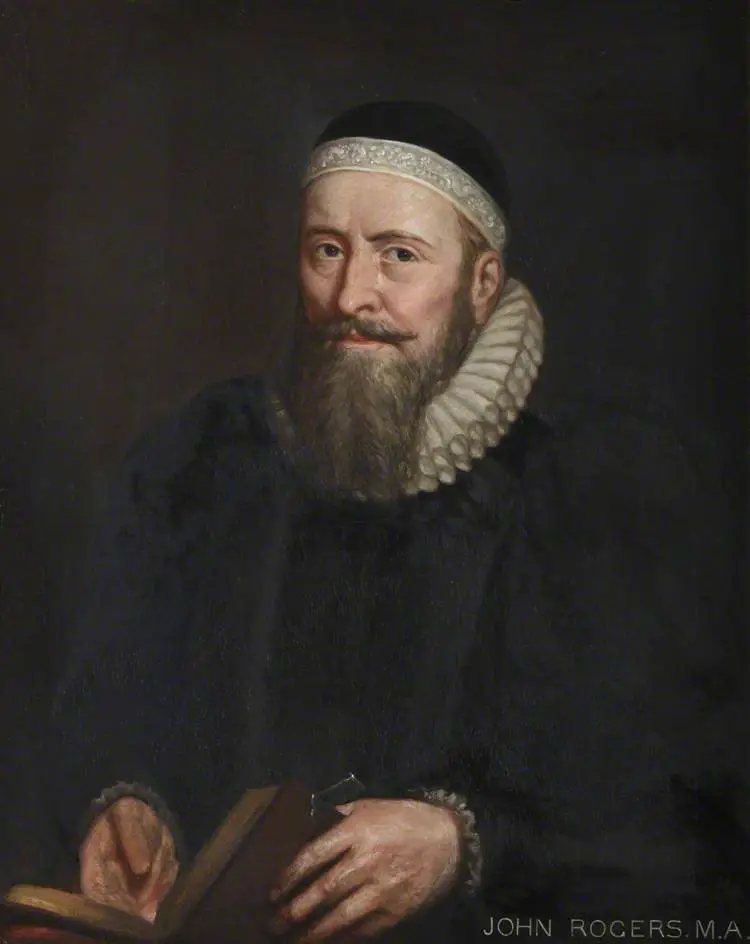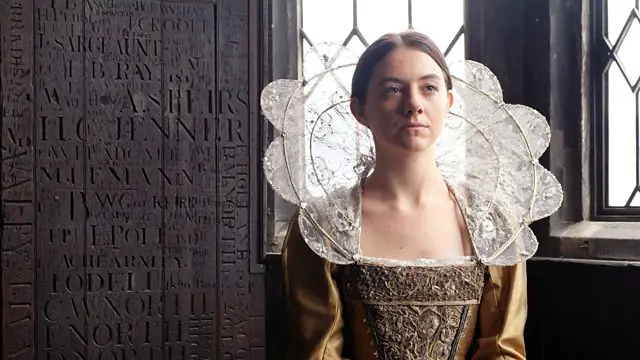 Candlemas, or the Feast of the Presentation of Christ in the Temple and the Purification of the Blessed Virgin, is celebrated on 2nd February. It commemorates the purification (or churching, as medieval people would have seen it) of the Virgin Mary forty days after the birth of Jesus Christ, when it was traditional for the mother to make an offering or sacrifice according to Jewish law, and the presentation of the baby Jesus at the temple in Bethlehem.
Candlemas, or the Feast of the Presentation of Christ in the Temple and the Purification of the Blessed Virgin, is celebrated on 2nd February. It commemorates the purification (or churching, as medieval people would have seen it) of the Virgin Mary forty days after the birth of Jesus Christ, when it was traditional for the mother to make an offering or sacrifice according to Jewish law, and the presentation of the baby Jesus at the temple in Bethlehem.
As the Wells Cathedral website explains, "The season of Christmas, which includes the celebration of the visit of the wise men to the child at Epiphany, lasts for forty days and ends with the Feast of Candlemas on 2nd February." That is still true in the Church today, but most of us have put Christmas behind us long before Candlemas.
In his book The English Year, Steve Roud explains that, as the name suggests, Candlemas's "key element" was "the preponderance of candles". Candles were blessed in church services and then carried around the parish, their light symbolising Christ lighting the way for his followers and harking back to Simeon's words, when he blessed the Christ child and his parents in the temple, recorded in the Gospel of Luke about Christ being "A light to lighten the Gentiles, and the glory of thy people Israel". The Wells Cathedral website explains that "this feast of Candlemas, celebrated by the lighting and extinguishing of candles (hence its name), is a bittersweet feast, for the old man also warns the child’s mother of the pain and suffering she is to face because of her Son. So Candlemas looks backwards to the birth of the child and the joy of Christmas, but also forwards to the suffering and death on the cross."
Ronald Hutton, in The Stations of the Sun, writes of how in the 15th and early 16th centuries the craft guilds of Aberdeen "provided pageants to accompany their members through the streets with their candles..." and that some towns and cities held municipal feasts and put on entertainment.
It appears that the practice of blessing candles was frowned upon after the Reformation, with Archbishop Thomas Cranmer writing to Bishop Bonner on 27th January 1548 informing him that the Lord Protector has decided "that no candles should be borne upon Candlemas Day, nor also from henceforth ashes or palms used any longer." It was seen as superstitious.
One tradition associated with Candlemas is the idea that the weather on Candlemas Day is a predictor of whether winter is nearly over:
If Candlemas be fair and bright,
Come winter, have another flight;
If Candlemas bring clouds and rain,
Go winter, and come not again.
In Punxsutawney, Pennsylvania, a groundhog known as "Punxsutawney Phil" predicts the weather every 2nd February: "According to legend, if Phil sees his shadow on Feb. 2, the scared groundhog returns to his burrow and the USA is in store for six more weeks of winter. But, if he doesn't see his shadow, the country can expect warmer temperatures and an early spring." I wonder what Phil will predict this year!
Notes and Sources
Image: Presentation of Christ in the Temple, from the Sherbrooke Missal.
- February's Feast Days, Tudor Life magazine, February 2016.
- Roud, Steve (2006) The English Year, Penguin.
- "Candlemas", http://www.wellscathedral.org.uk/worship/the-seasons-at-wells-cathedral/candlemas/
- Hutton, Ronald (2001) The Stations Of The Sun: A History of the Ritual Year in Britain, Oxford University Press.
- Muir, Edward (2005) Ritual in Early Modern Europe, Cambridge University Press.
- It's almost Groundhog Day! But how accurate is Punxsutawney Phil?, USA Today, 31 January 2016.



Phil did not see his shadow. Spring is just around the corner.
Yay! That’s good news for you over the pond.
Great article! Though it incorrectly states that Jesus waa presented at the temple in Bethlehem. There was only one Temple for the Jews and it was in Jerusalem, not. The holy family wouldn’t even be living in Bethlehem by then, rhey were only there for a brief visit, to participate in the census.